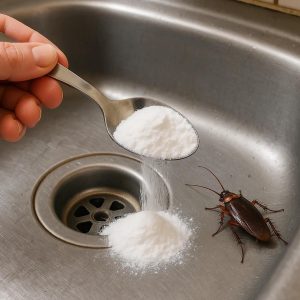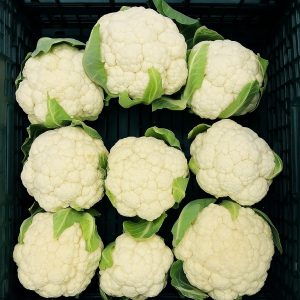
People often say, “we are what we eat.” But did you know that some everyday foods can actually be… deadly?
Behind their ordinary appearance hide powerful toxins, natural poisons, or risks that most people know nothing about. Every year, hundreds of people pay the ultimate price.
Here’s a (not-so-appetizing) world tour of the 10 most dangerous foods you might find on your plate.
1. Cassava: the deadliest food in the world
Eaten by more than 800 million people—especially in Africa, Latin America, and Asia—cassava is a staple food… but also a potential danger. Its roots contain substances that, when improperly prepared, turn into cyanide.
The World Health Organization (WHO) estimates that 200 people die every year from cassava poisoning. Proper soaking, cooking, or fermenting makes it completely safe to eat.
2. Fugu: Japan’s ultimate extreme experience
This pufferfish attracts thrill-seekers for a reason: it contains a toxin 200 times more powerful than cyanide. A small mistake in its preparation can cause rapid paralysis… and death. Only specially trained and certified Japanese chefs are allowed to handle it. About fifty poisoning cases occur each year.

3. Starfruit: pretty, but not for everyone
This star-shaped fruit is rich in vitamin C, but it also contains neurotoxins. For people with kidney problems, these toxins accumulate quickly and can cause neurological issues—or, in severe cases, death. Best avoided if your kidneys are fragile.
4. Fruit pits: a toxic little core
The fruit itself is delicious, but be careful with the pit. Cherry, apricot, and apple seeds contain a compound that releases cyanide when chewed or crushed. Swallowing one by accident is harmless, but eating many can be toxic.
5. Green potatoes: a common food to watch
When exposed to light, potatoes turn green and produce solanine, a toxic compound. In large quantities, it can cause vomiting, confusion, and even paralysis. Advice: peel them well and throw away any that have turned green.
6. “Raw” cashews: a dangerous misnomer
Cashews labeled as “raw” are actually steamed first, because truly raw cashews contain urushiol—the same irritating substance found in poison ivy. They should only be eaten after proper processing.
7. Nutmeg: magical spice… or very bad idea?
Perfect in casseroles, nutmeg becomes toxic in high doses. Just two teaspoons can trigger hallucinations, nausea, and confusion lasting several days. Use with care!

8. Wild mushrooms: beware of look-alikes
Every fall, amateur foragers mistake toxic mushrooms for edible ones. The result: dozens of severe poisonings each year. When in doubt, don’t eat it.
9. Rhubarb: sweet in pies, toxic in the leaves
We love the stalks in desserts, but the leaves are off-limits. They’re high in oxalic acid, which can cause kidney issues if eaten in large amounts. Peel the stalks well—and discard the leaves.
10. Raw red kidney beans: a classic that must be cooked properly
Safe once cooked, raw red kidney beans contain a toxin called phytohemagglutinin. If undercooked, they can cause serious digestive problems. Always boil them for at least 10 minutes before eating.
Eat well… but eat wisely!




